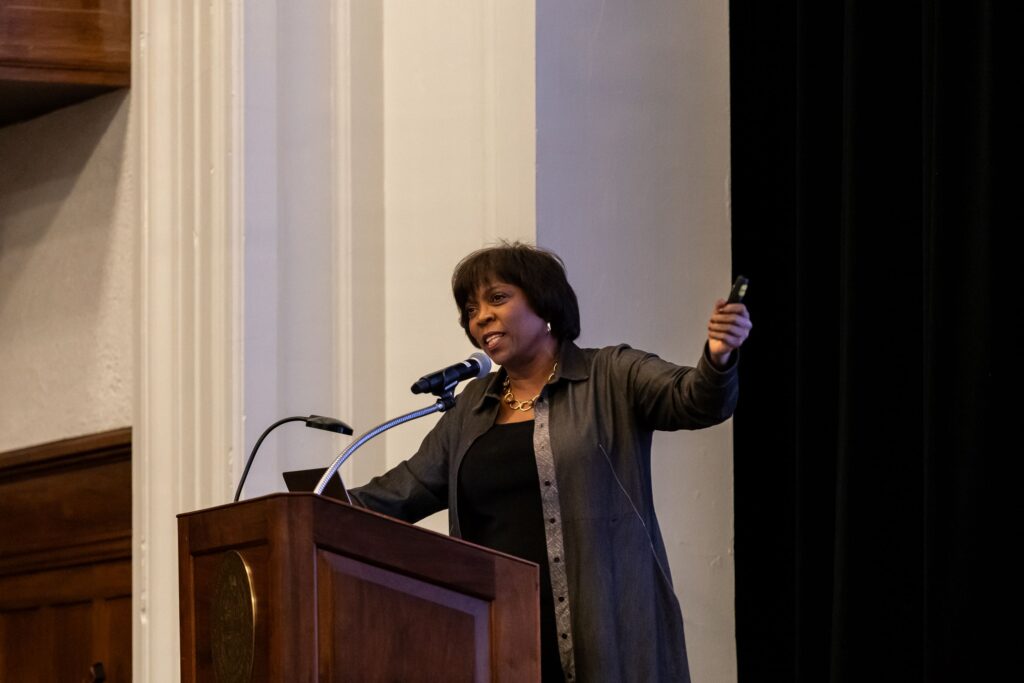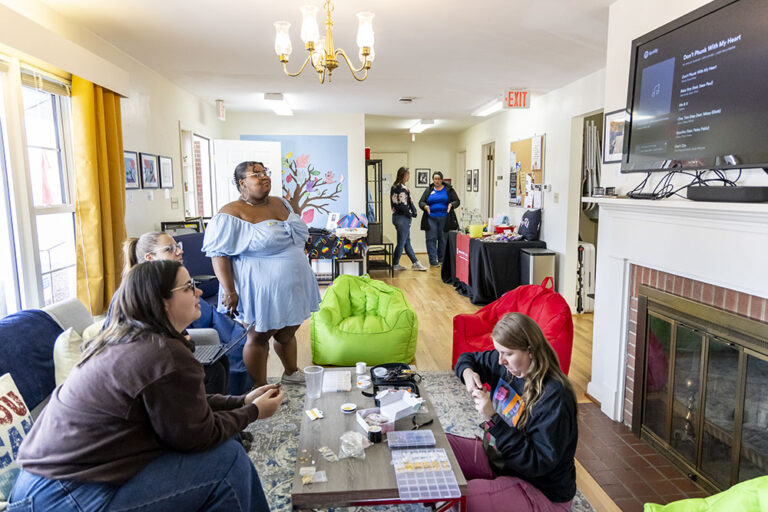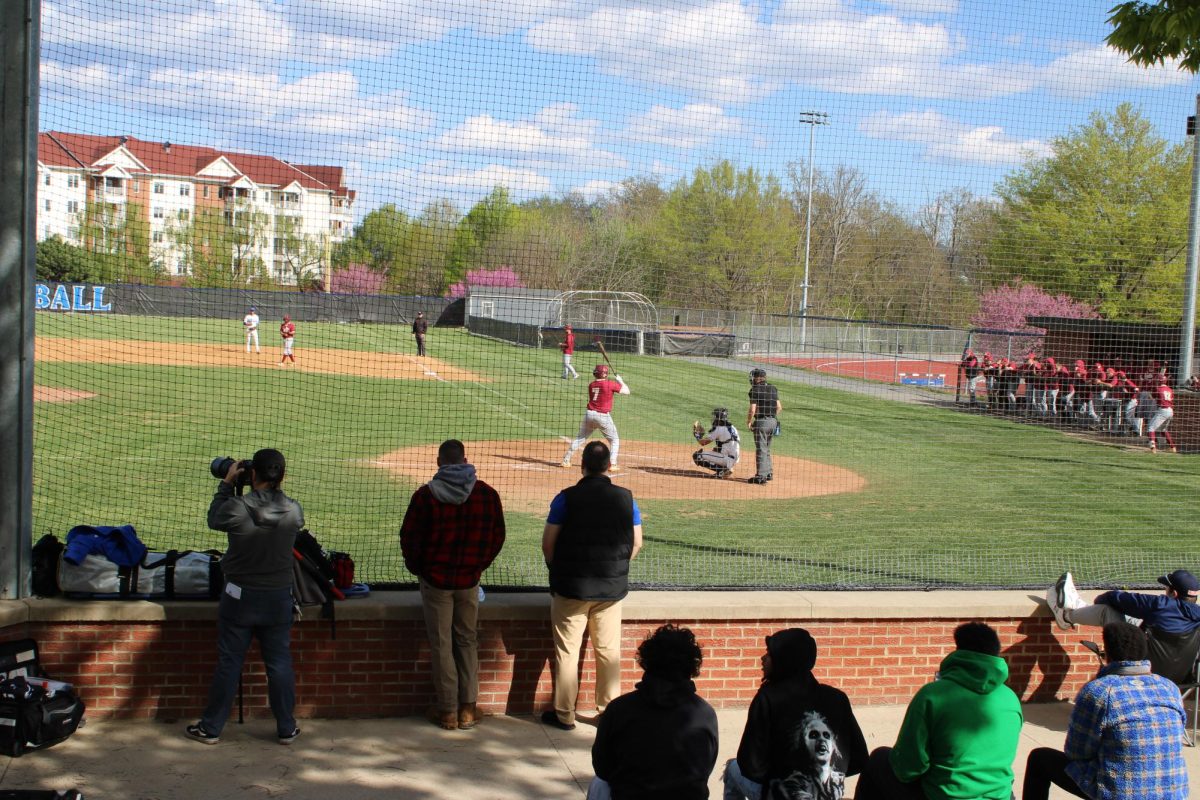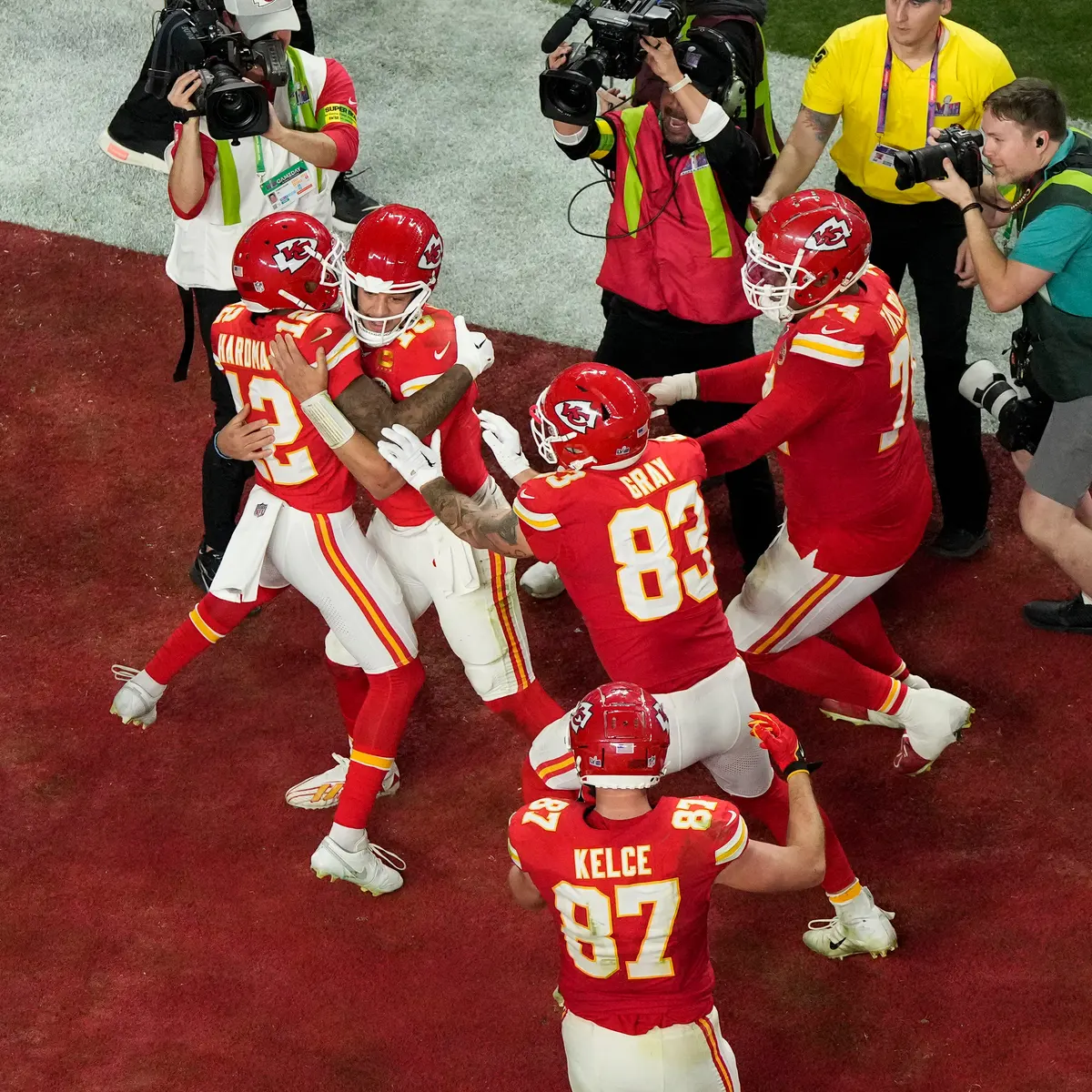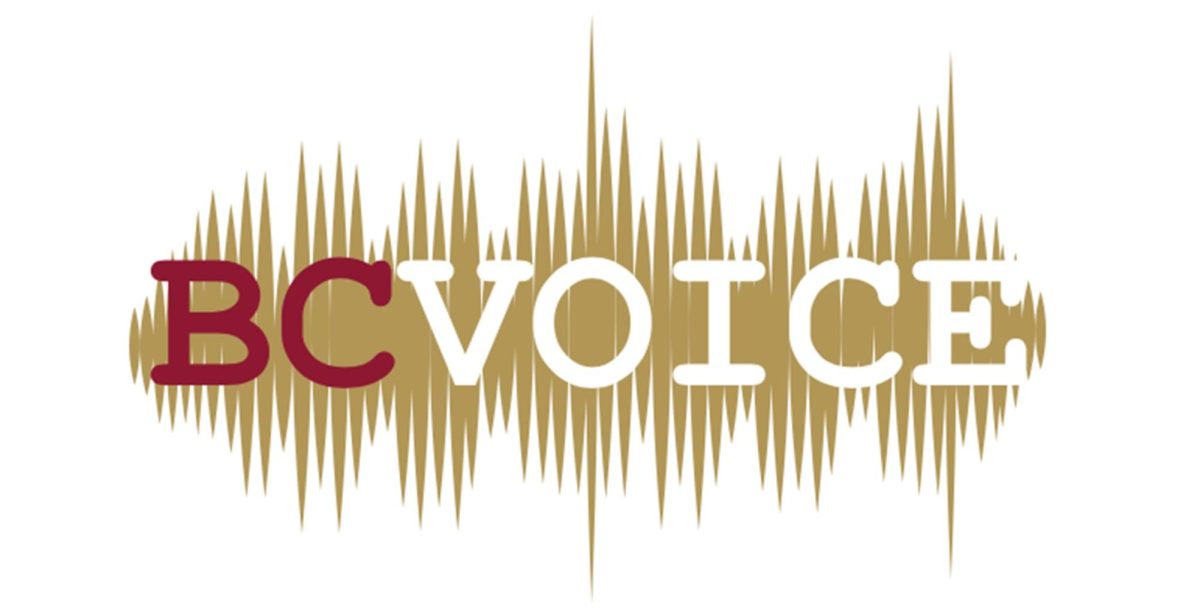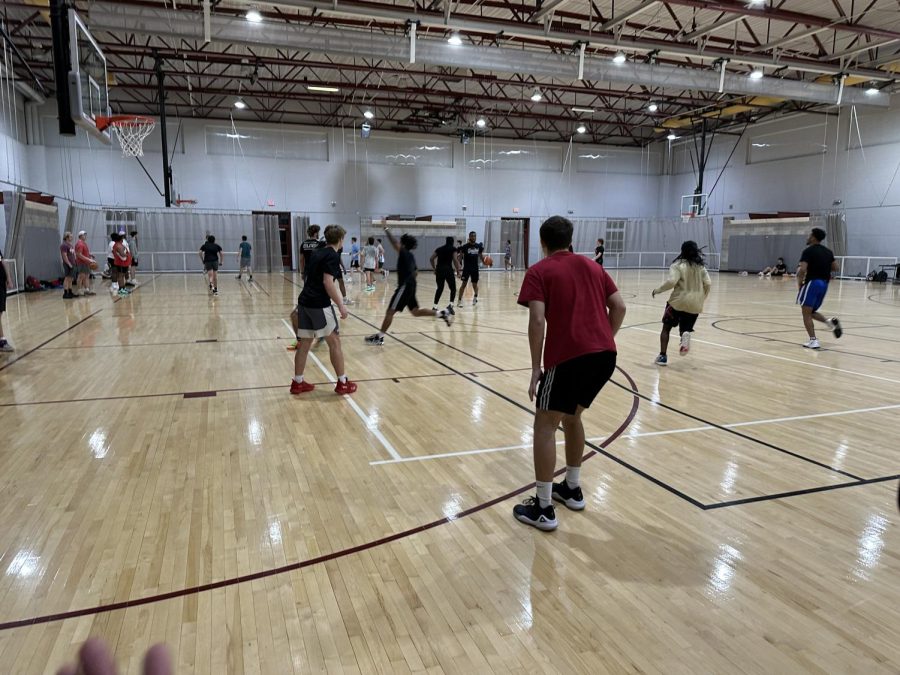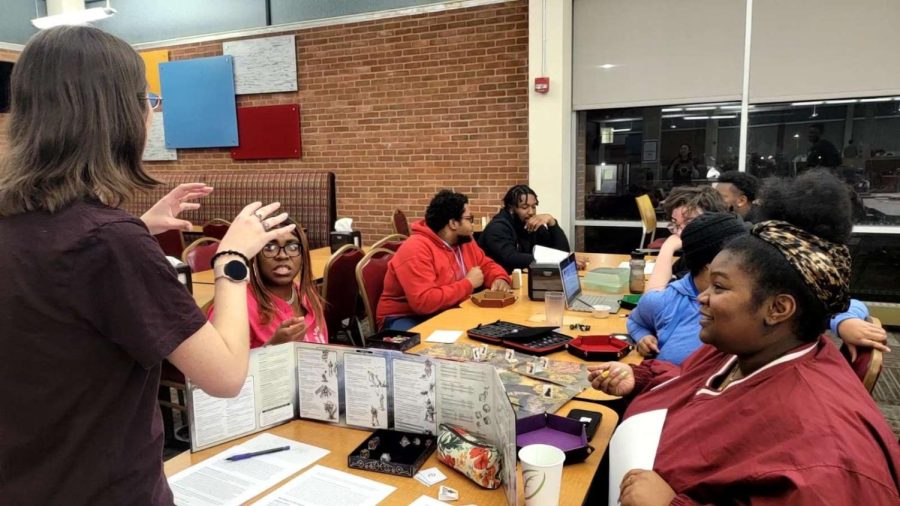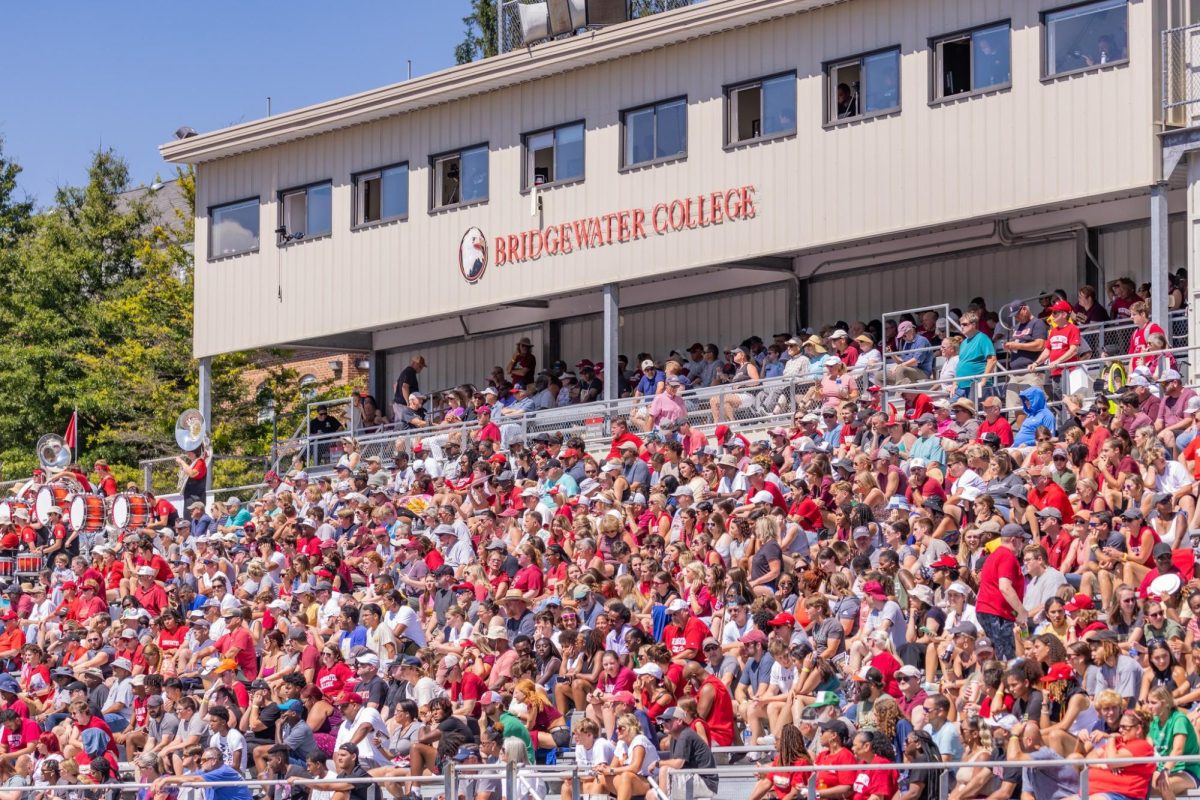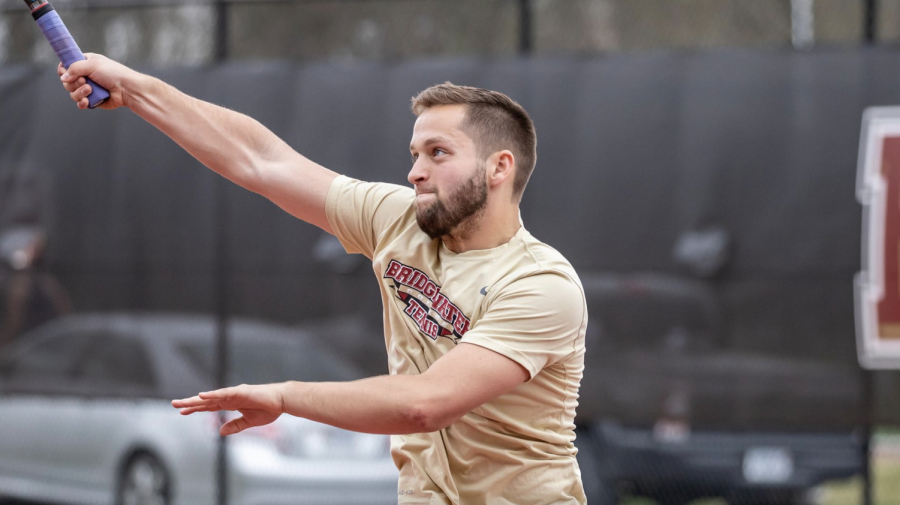New Mandated Divison III Tennis Rules are not Worth the Change
New collegiate rules for the 2022-23 tennis season are designed to be viewer friendly
Junior Bryce Cline reaches for a volley at the net. The men’s first match is set for Feb. 22 at 3 p.m. against Mary Baldwin.
February 14, 2023
Bridgewater, Va.- All of Division III tennis across the country has changed its rulings to align with the higher collegiate ranks of Division II and Division I to create a viewer friendly environment and reduce athletic strain.
The New Rules
According to the Intercollegiate Tennis Association (ITA), “The primary goal of that review was to look for opportunities to reduce the length of a Division III dual match and the resulting strain on institutional resources and student-athletes, and do so in a way that did not significantly impact the experience and participation rates of student-athletes.”
Across all D1, D2 and D3 divisions, both men and women, service lets are no more. Therefore, the point is still in play if the serve hits the net and falls over in the service box. Previously this would have been considered a let.
After a let is called, the athletes must replay the previous point, so the server receives a second first serve.
Another major rule is the no ad-scoring mandate. Instead of an ad in or ad out after the deuce, the receiving player must now choose which side their opponent will serve, and then the winner of that point will win the game.
Why These Changes are Impractical
The audience at a typical D1 college match can reach up to 600 spectators. This is an insane number given that the last match for the men’s team in the 2021-22 season had 25 in attendance.
Changing the rules for an audience of 25 does not seem to be reasonable.
The average time allowed for a single serve is roughly 20 seconds, and a service let happens maybe two or three times in a match, or sometimes not even at all. An additional minute during a match does not seem to make such a difference, even from an audience perspective.
However, it does make a huge difference to D3 players who have their minds switched off the moment the ball hits the net during a serve because they have been playing the same way throughout high school and college.

(Bridgewater Media )
The time difference with the removal of advantage points and lets in a match is only 20 minutes. The average match time before the rule changes were approximately 100 minutes, with the average now being 80-90 minutes. This is a lot of change for virtually no time difference at all.
College basketball games are an average of 130 minutes and college baseball games are 180 minutes. Both are way longer than a tennis match, yet spectators still fill stadium seats.
If a fan is at a tennis match, then as the fans of basketball and baseball, they are there to enjoy the contest, no matter how long it is. Since tennis is a very individual sport, spectators can leave after the person they came to see has finished their match.
Additionally, if student-athletes have been playing the same way since high school, then they are used to the discipline and strain that comes with playing in matches. Therefore, changing the rules solely on time does not change much, and causes confusion in the sport.
The attempts to connect D3 to D1 are virtually pointless because the two are very different, and it is okay to treat them as such.
The values and benefits that come with playing at a D3 level still stand, and shorting the rule gap against the higher-ups, does not change that.


